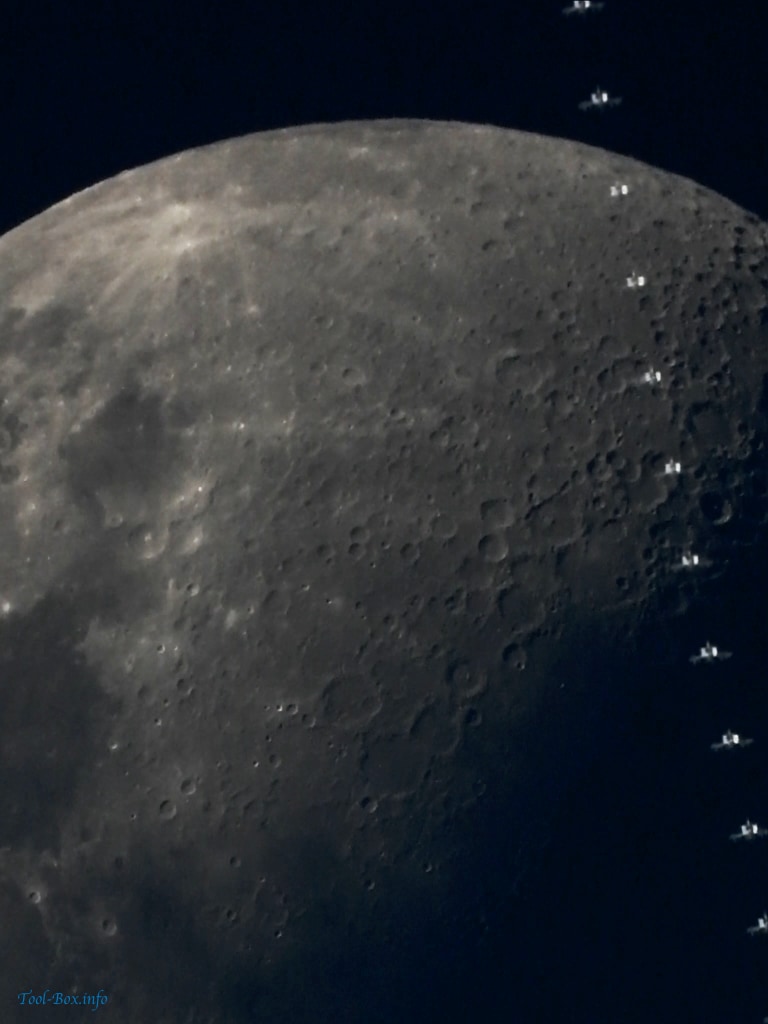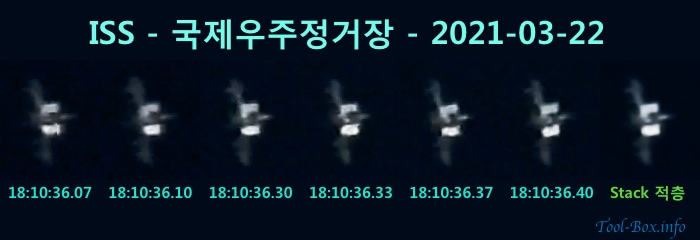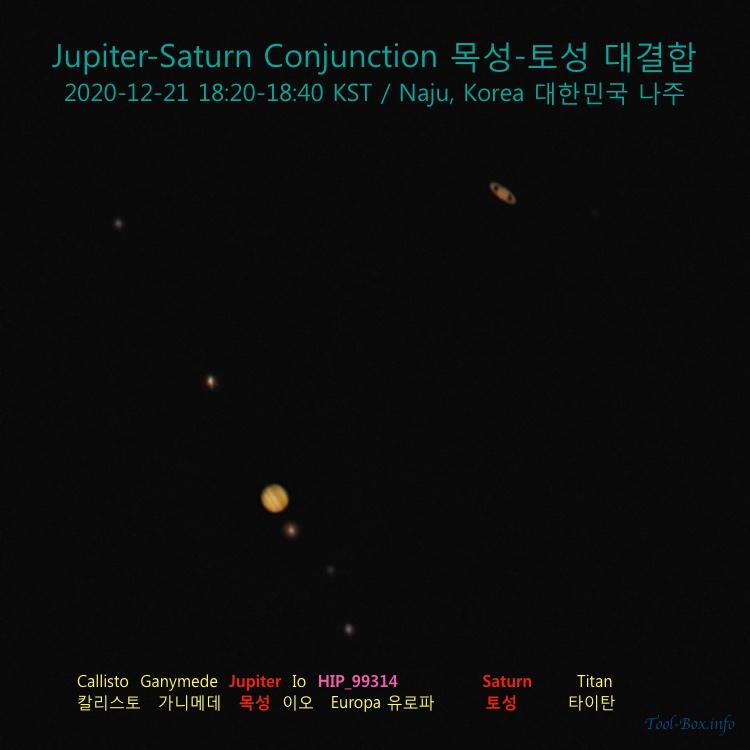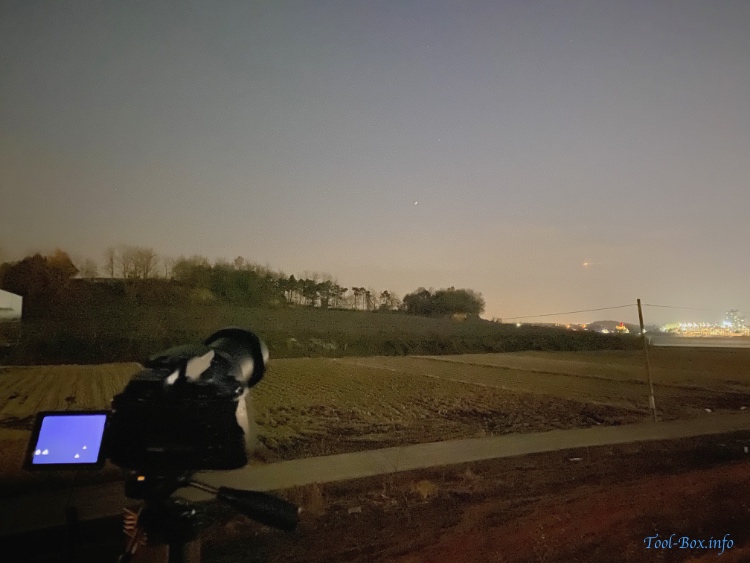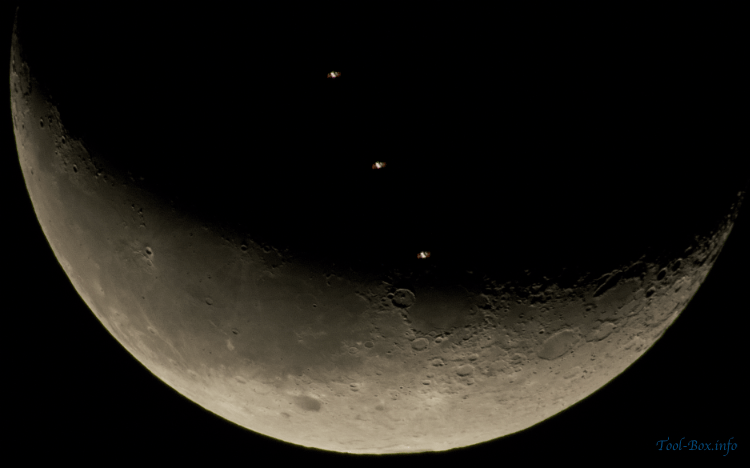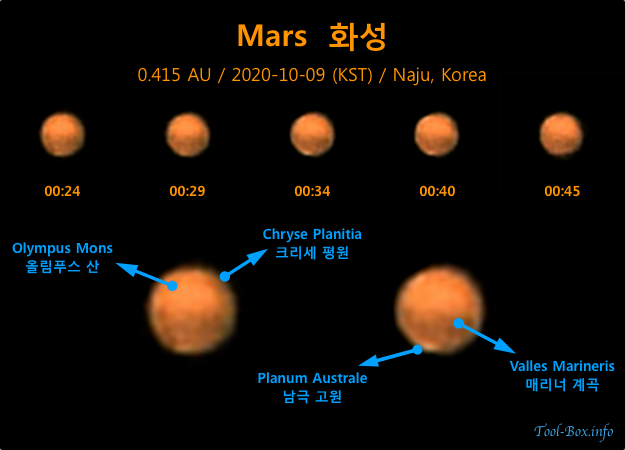Seeing a spacecraft docking with ISS from Earth
Posted by Wesley on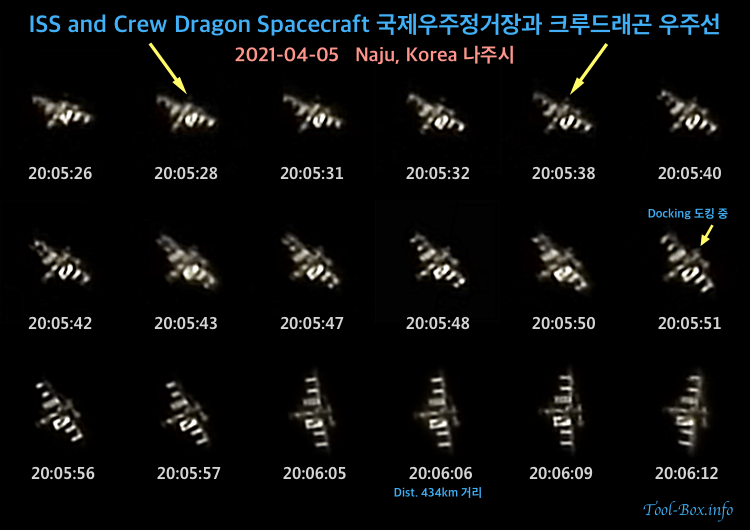
With clear skies yesterday evening, it was a perfect time to watch the International Space Station make a pass near zenith. Like last month, I set my P1000 camera to video mode while I tracked manually. When I reviewed the recording, I was happy to see that the frames were mostly in focus. The quality was actually one of the best I got with the camera, with most of the modules easily distinguishable. But then I noticed a faint dot next to the station in much of the frames, so I looked up the news.
It turned out that the SpaceX Crew Dragon spacecraft was moving from one docking port to another during those moments. The move only took 39 minutes from undocking (19:31:02) to soft capture (20:10:12), so it was out of sheer coincidence and luck that I was recording while spacecraft was near, but not docked to the space station. The fact that the Crew Dragon's was just big enough to show up in the frames helped, too. The 109-meter ISS was 83 pixels wide at the closest approach, so the Dragon being 4 meters in diameter appeared as a 3-pixel dot. In any case, I was pleasantly surprised to find out that I photographed this occasion. It was something I had on my bucket list.
Device: Nikon P1000
Settings: 3000mm - ISO 200 - 1/1000s - f/8
Filters: None
Time: 2021-04-05 20:05:26-20:06:12 KST
Location: Naju, Korea
432 video frames processed with PIPP 2.5.9, RegiStax 6.1.0.8, and Pixelmator Pro 2.0
